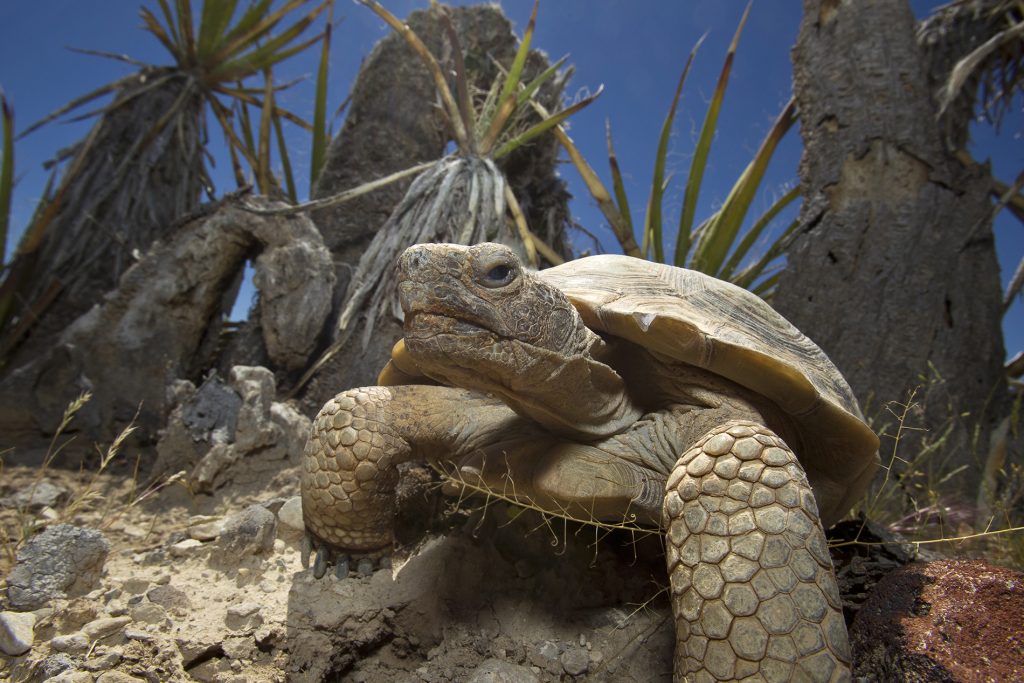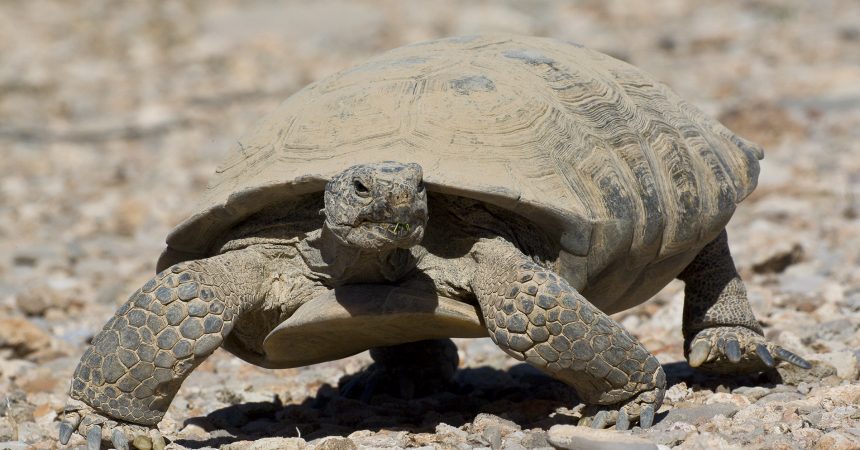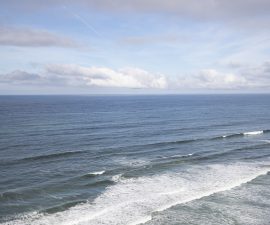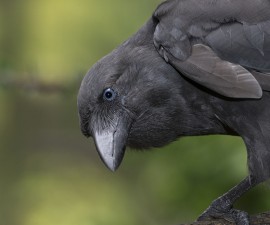San Diego Zoo Global conservationists, in partnership with the U.S. Geological Survey (USGS), Edwards Air Force Base, Cadiz Inc., and the Bureau of Land Management (BLM), are working to learn more about the science of successful reintroduction and relocation of species through a grant from the California Energy Commission. Working with Agassiz’s desert tortoises in California, the collaborative effort will rear juveniles of this species, using headstarting techniques designed to increase the survival rate for young tortoises—and then follow them once they are reintroduced into native habitat.
“As humans impact native habitats, we often need to find ways to successfully move animal species out of harm’s way,” said Ron Swaisgood, Ph.D., recovery specialist for San Diego Zoo Global. “It is important to have scientific knowledge to guide recovery efforts that seek to reintroduce species into recovered and protected habitats.”

Radio tracking of more than 30 female tortoises in California’s deserts at Edwards Air Force Base and BLM’s Mojave Trails National Monument began in April. The females were radiographed and brought into a headstart facility before they laid eggs. Once eggs are laid, the females are returned to the wild into their original territory. The eggs will hatch naturally at the headstart facilities, sponsored by Cadiz Inc. and Edwards Air Force Base, and the hatchlings will be reared until they are 6 months or 18 months of age prior to being released into two different habitat types.
“We will track the juveniles that are released to learn more about their habitat needs and threats to survival as they encounter challenges in their natural habitats,” said Lisa Nordstrom, researcher for San Diego Zoo Global. “By experimentally testing both juvenile size and habitat, we will be able to evaluate the relative effectiveness of headstarting and release methods.”
An important benefit of this work, which examines the effects of specific habitat features on tortoise health and survival, is gaining a better understanding of the habitat requirements of juvenile tortoises. Young tortoises have been poorly studied because they are extremely difficult to find.
Agassiz’s desert tortoises are native to the Mojave and Colorado deserts of California. These land-based chelonians have slow reproductive rates and slow growth, but often have life spans of 50 years or more. Female tortoises generally lay eggs in burrows, leaving the eggs to incubate on their own. Young tortoises hatch fully formed, but very small in size and independent.
“Desert tortoise populations are declining at a rapid rate throughout much of the geographic range, said Kristin Berry, research wildlife biologist, USGS. “This multiagency effort is designed to increase our understanding of factors affecting juvenile tortoise survival in different regions of the desert. We hope our research results will contribute to recovery efforts for the species.”





